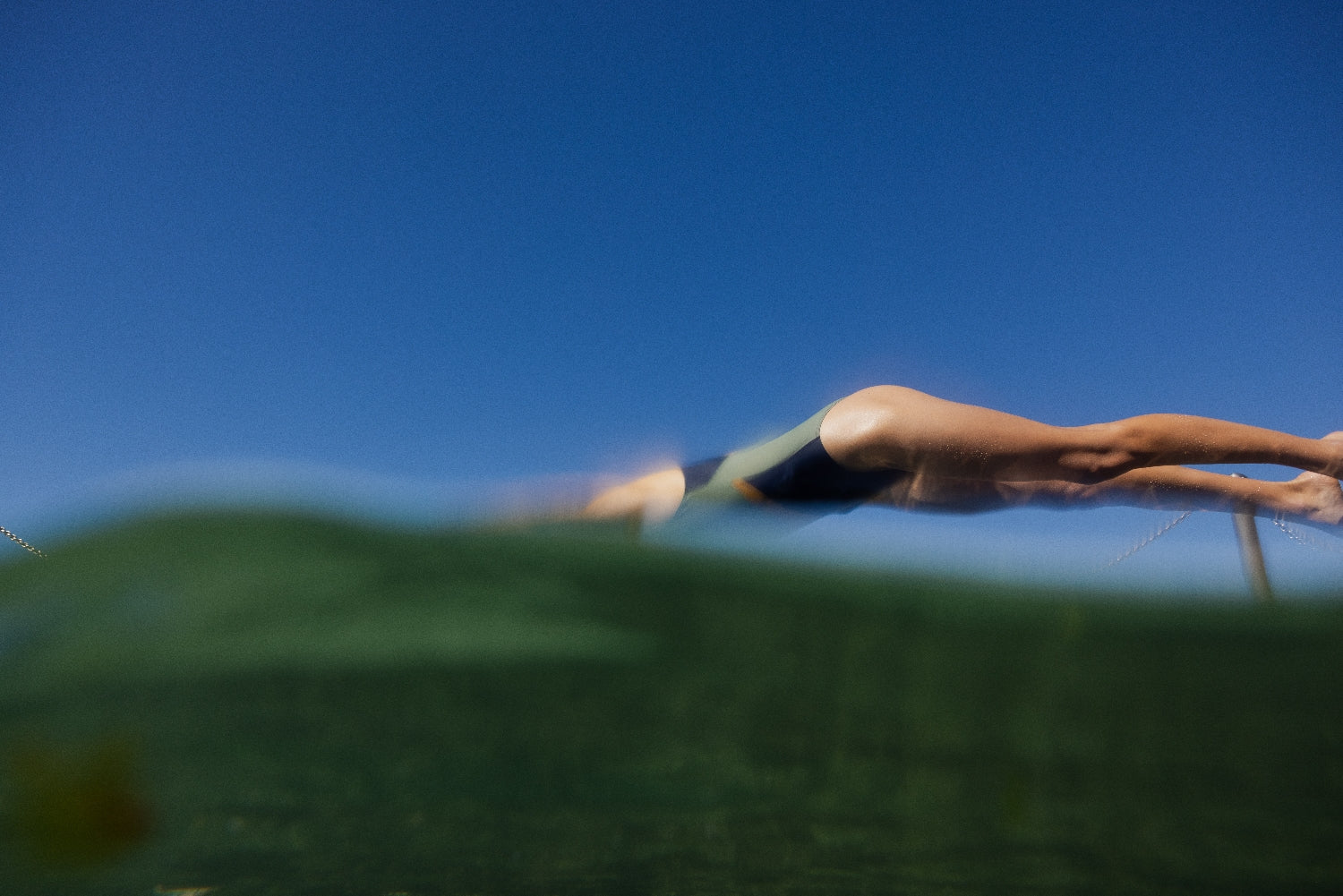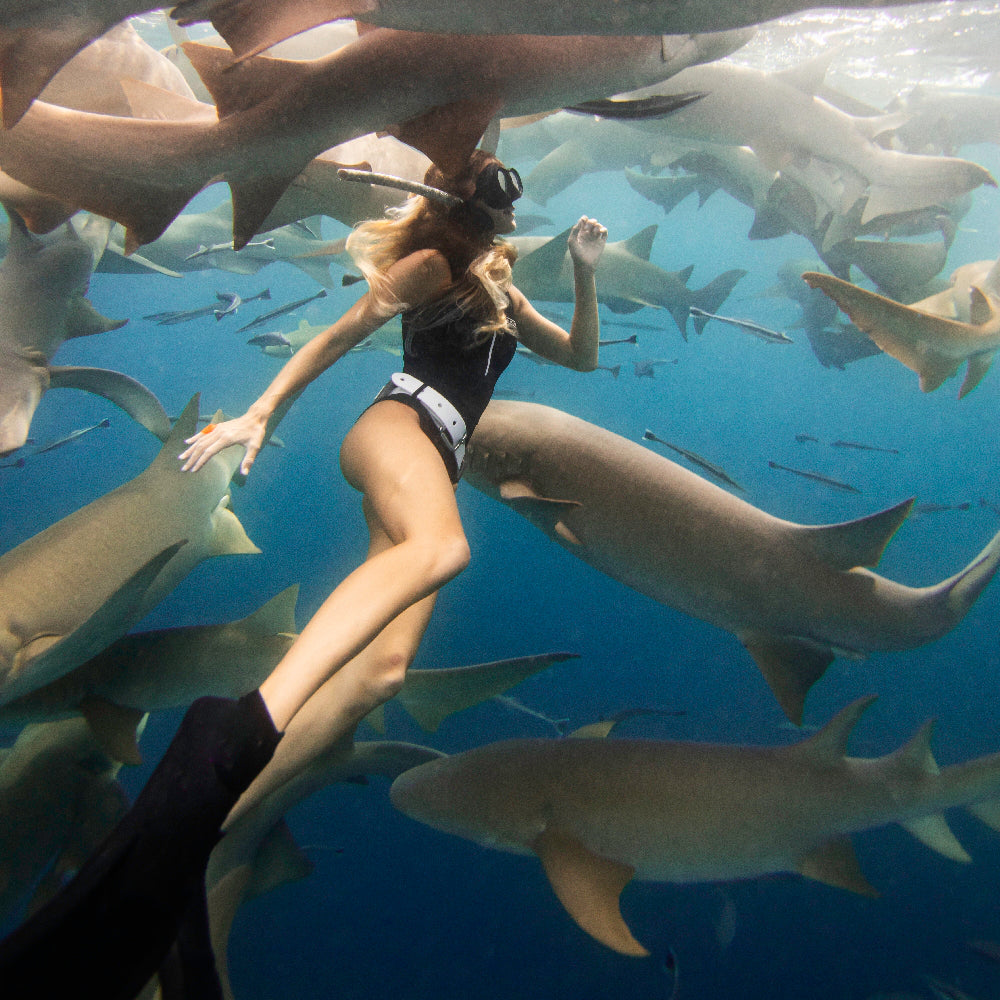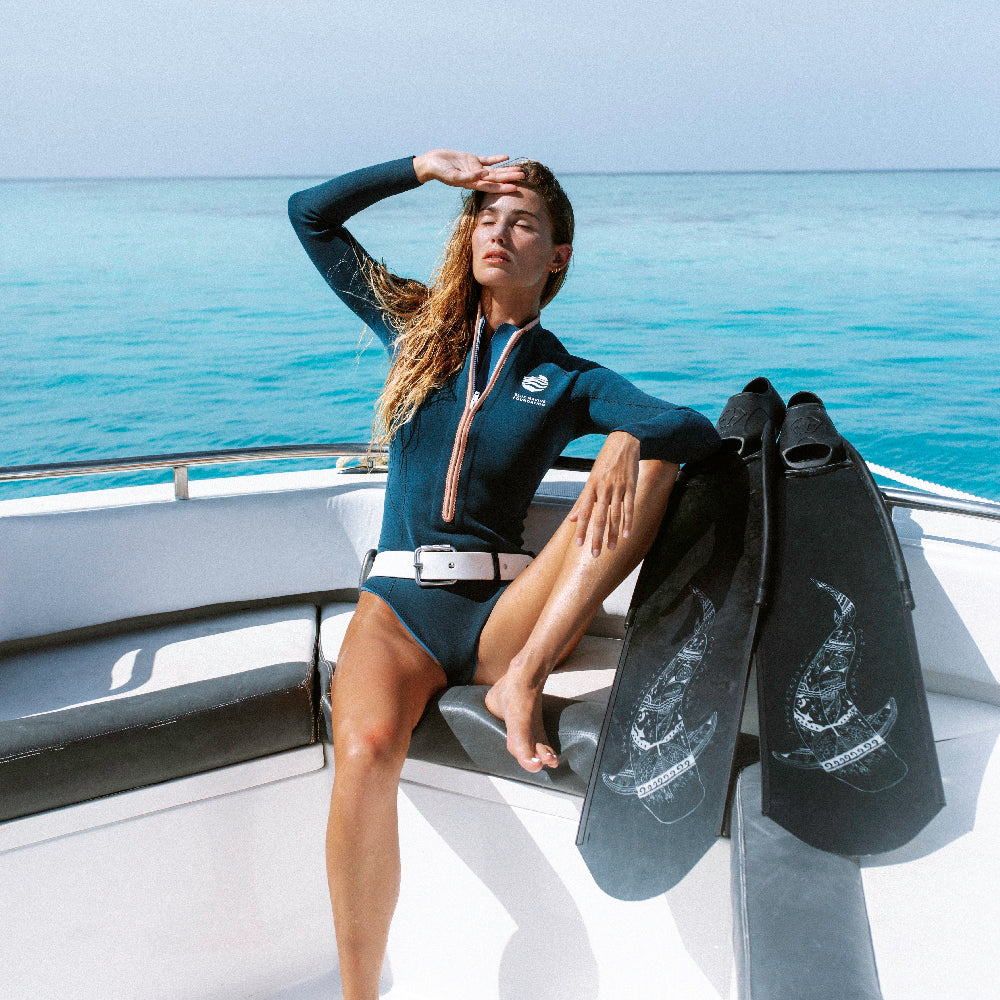Whether you're a seasoned (kite)-surfer or an adventurous swimmer, taking the plunge into cold water requires some preparation to ensure a safe and enjoyable experience. Coldwater activities come with unique challenges that demand careful consideration before diving in. Here are seven essential steps to take before hitting the cold waves for surfing or swimming.
1. Check Weather and Water Conditions
Before heading out, it's crucial to check the current weather and water conditions. Coldwater temperatures can be harsh, and understanding the forecast helps you plan accordingly. Additionally, be aware of the wave height, tide, and any potential hazards in the water, such as rocks or strong currents. Staying informed about the conditions ensures you're adequately prepared for what you'll face.
2. Wear Appropriate Gear
Dressing appropriately for cold water is paramount. Invest in a high-quality wetsuit that provides insulation against the cold. Make sure it fits snugly but allows for movement. Additionally, consider wearing neoprene booties, gloves, and a hood to protect extremities from the biting cold. Proper gear not only keeps you warm but also enhances your buoyancy and overall safety.
3. Warm-Up Exercises
Coldwater can be a shock to your system, and entering it without proper warm-up can increase the risk of injury. Engage in dynamic stretches and warm-up exercises to prepare your muscles and joints for the temperature change. Focus on areas like shoulders, hips, and ankles, as they are commonly used during surfing and swimming activities.
4. Hydrate and Nourish
Coldwater activities can be physically demanding, and staying properly hydrated is essential. Drink enough water before heading out to ensure your body is well-prepared for the exertion. Additionally, consume a balanced meal with carbohydrates and proteins to provide sustained energy throughout your time in the water.
5. Know Your Limits
Coldwater can be more challenging than warmer environments, so it's crucial to know your personal limits. If you're new to coldwater activities, start gradually and increase the duration as your body acclimates. Listen to your body and be mindful of signs of hypothermia, such as shivering, confusion, or numbness. If conditions become too challenging, it's okay to call it a day and head back to shore.

6. Buddy System
Coldwater activities, especially in the open ocean, can be unpredictable. Always engage in surfing or swimming with a buddy. Having someone with you not only enhances the overall experience but also provides an additional layer of safety. Keep an eye on each other and be ready to assist if needed.
7. Learn Cold Water Safety Techniques
Cold water presents unique challenges, and being aware of safety techniques is crucial. Learn how to manage cold water shock, practice floating on your back to conserve energy, and familiarize yourself with rescue techniques. Being equipped with these skills adds an extra layer of confidence and safety during coldwater activities.
Conclusion:
Preparing for coldwater activities involves more than just grabbing your board or swimsuit. By taking the time to check conditions, wear appropriate gear, warm up, stay hydrated, know your limits, use the buddy system, and learn safety techniques, you can ensure a safer and more enjoyable experience in the cold waves. Remember, preparation is the key to making the most of your time in the water while staying safe and comfortable.




